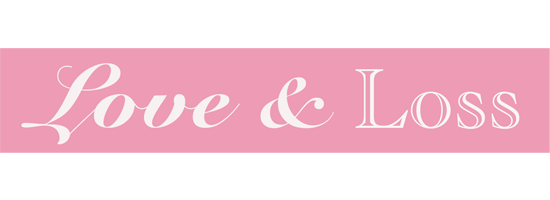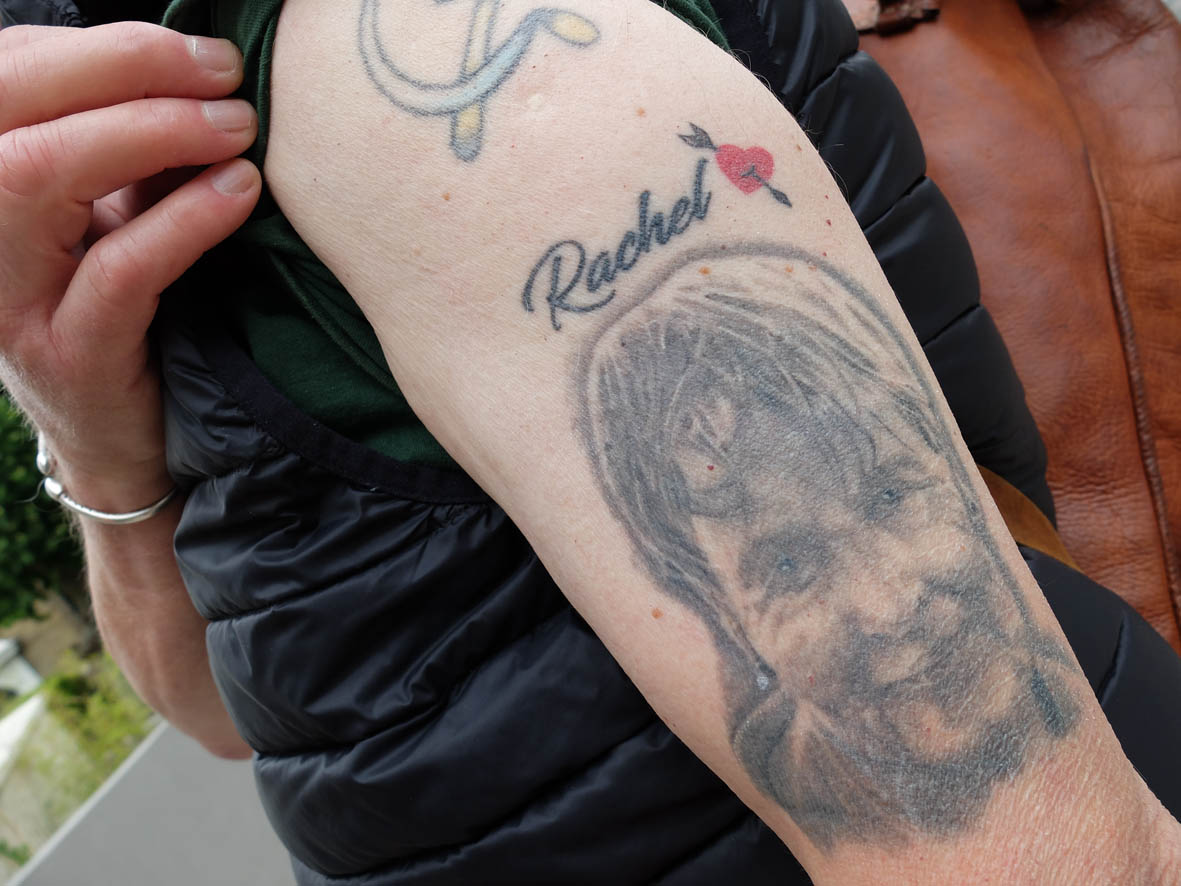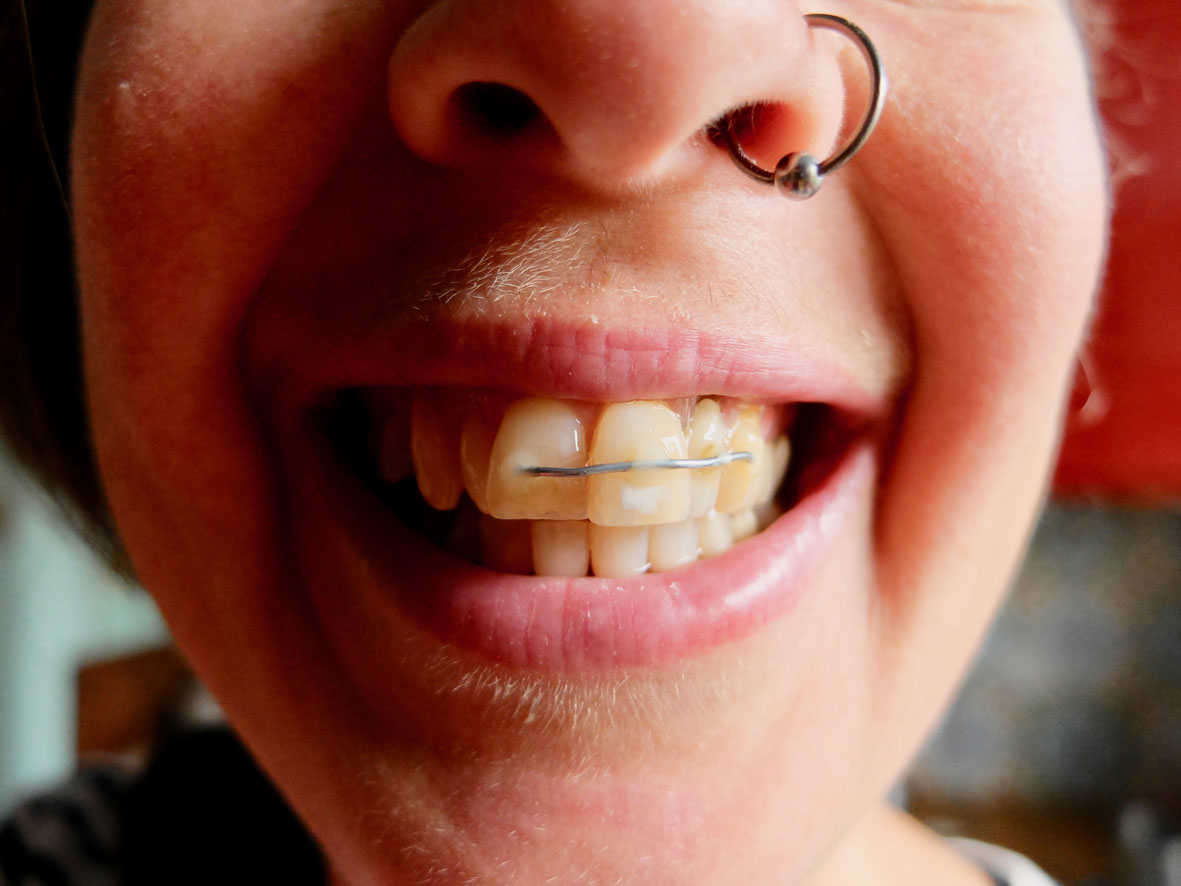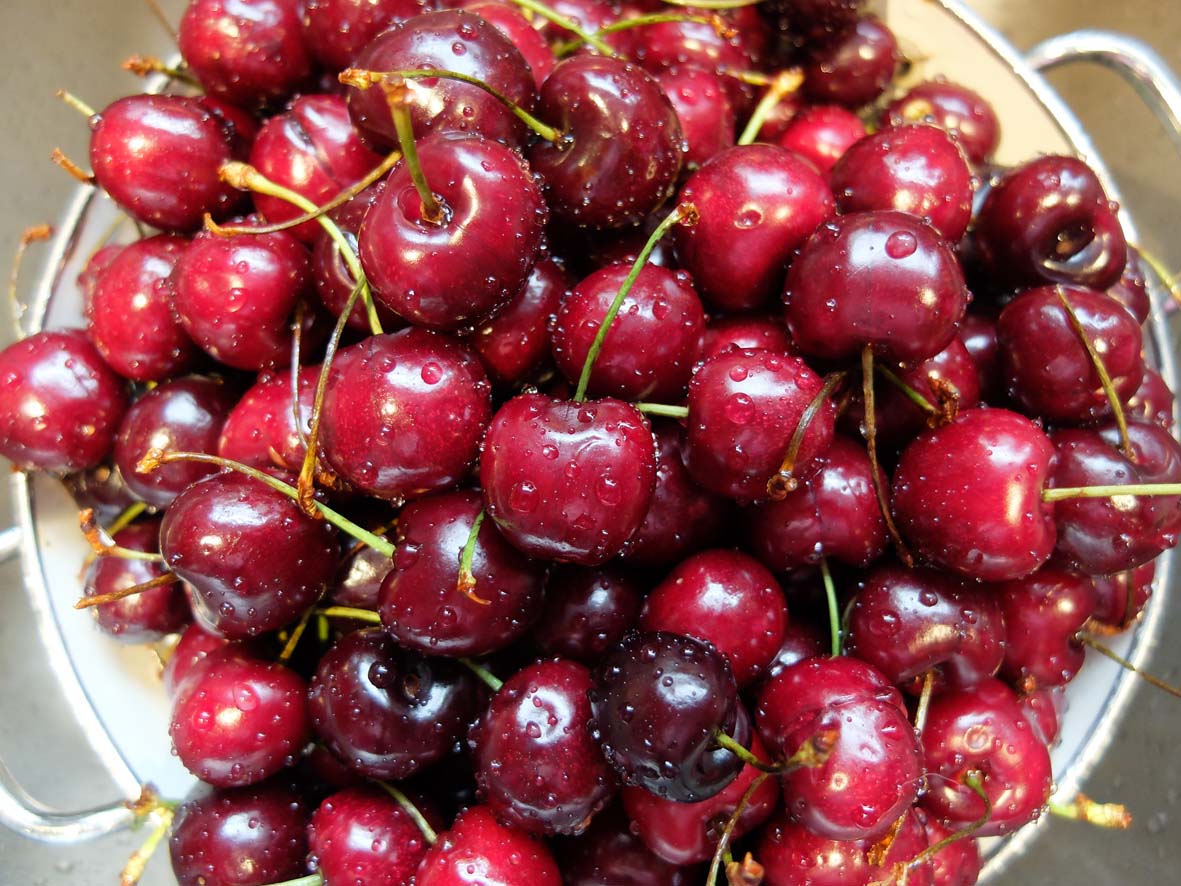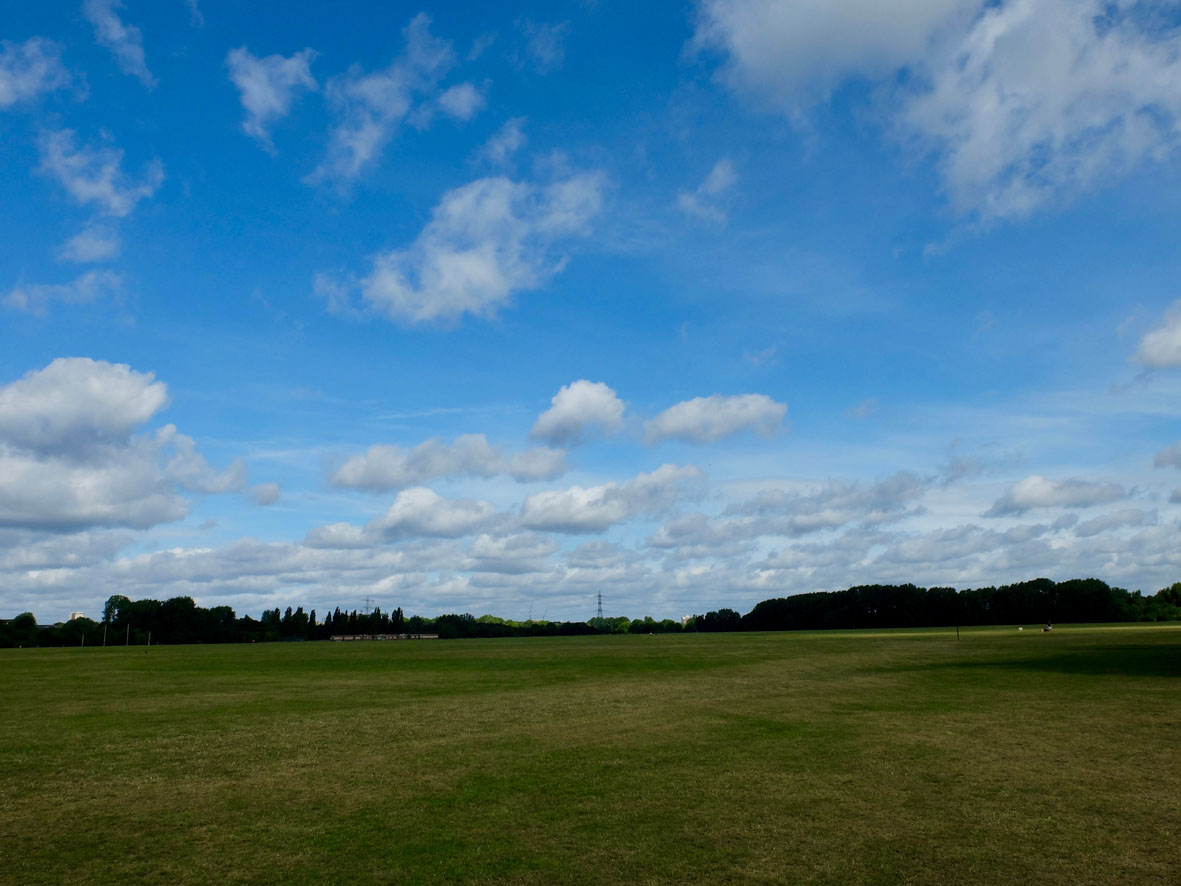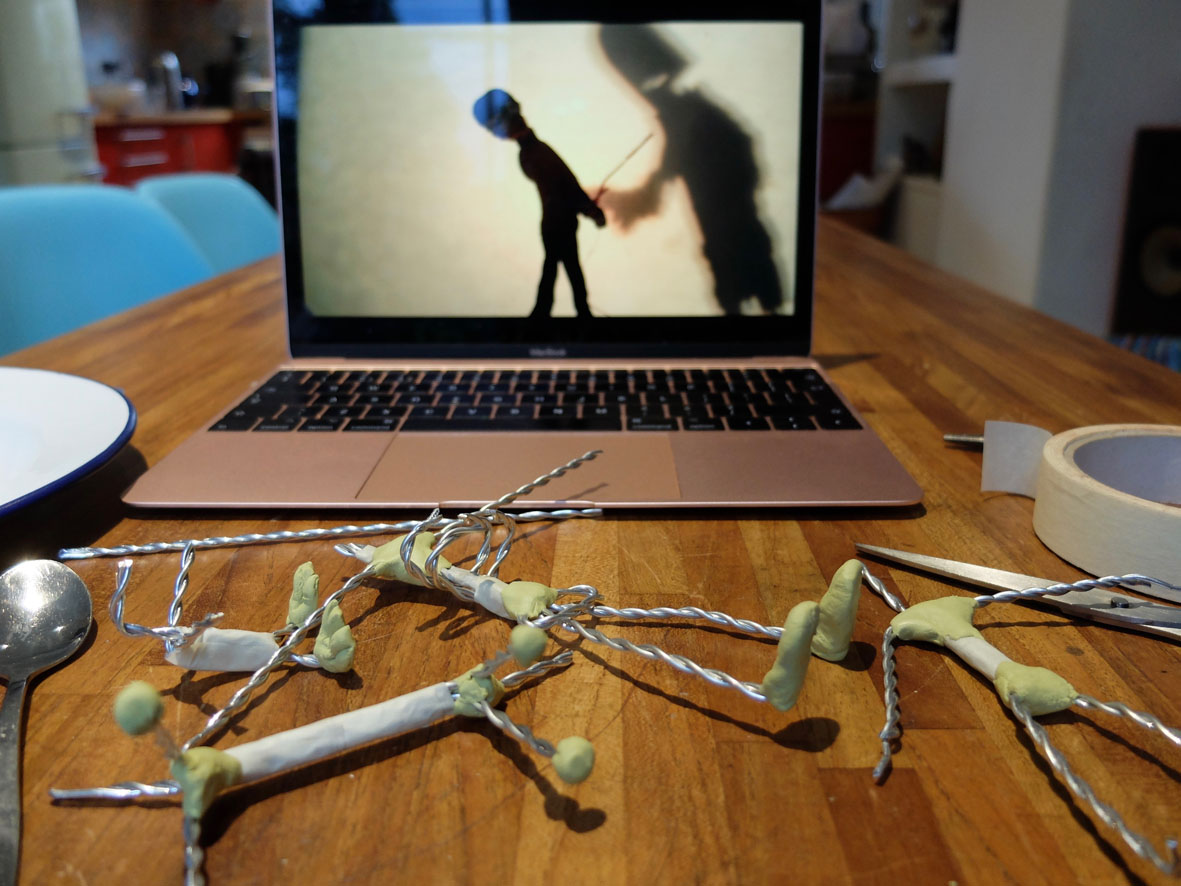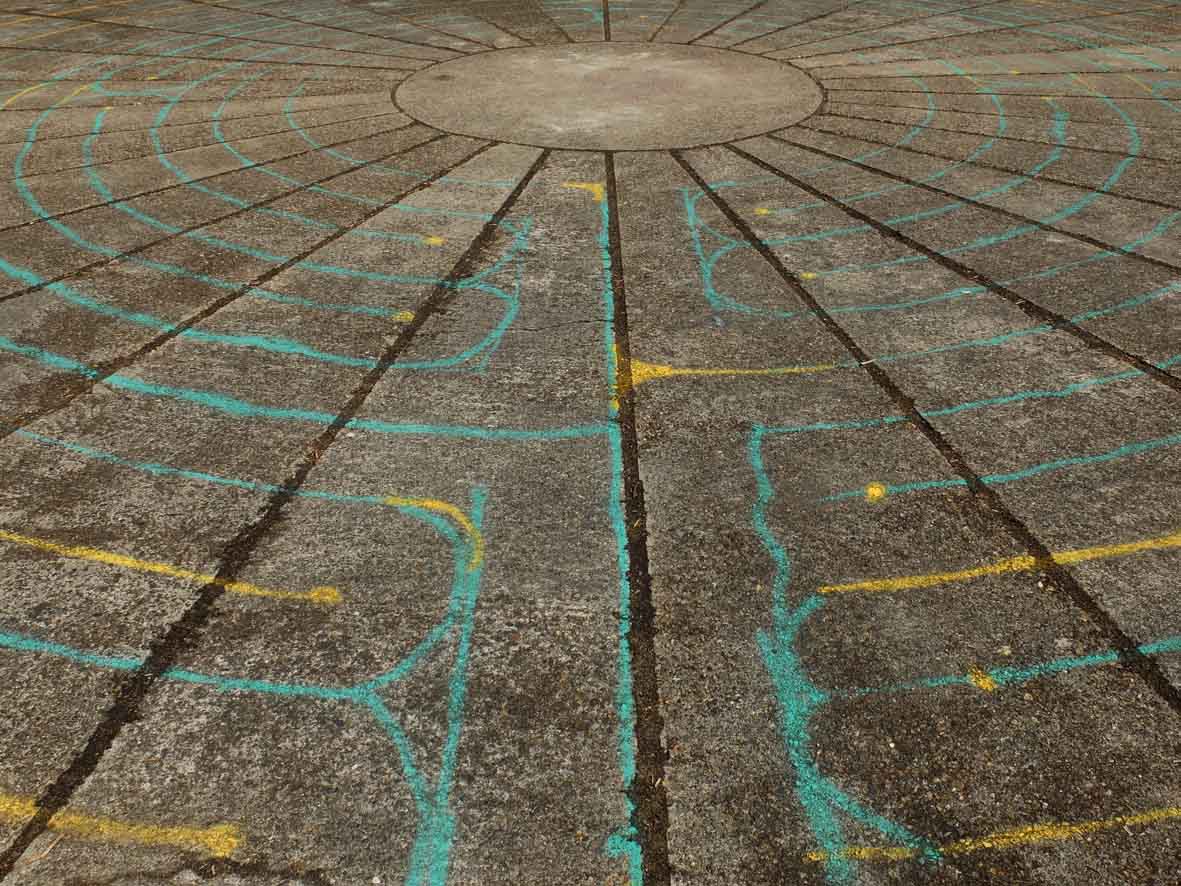26 Jul Mask on the Tube
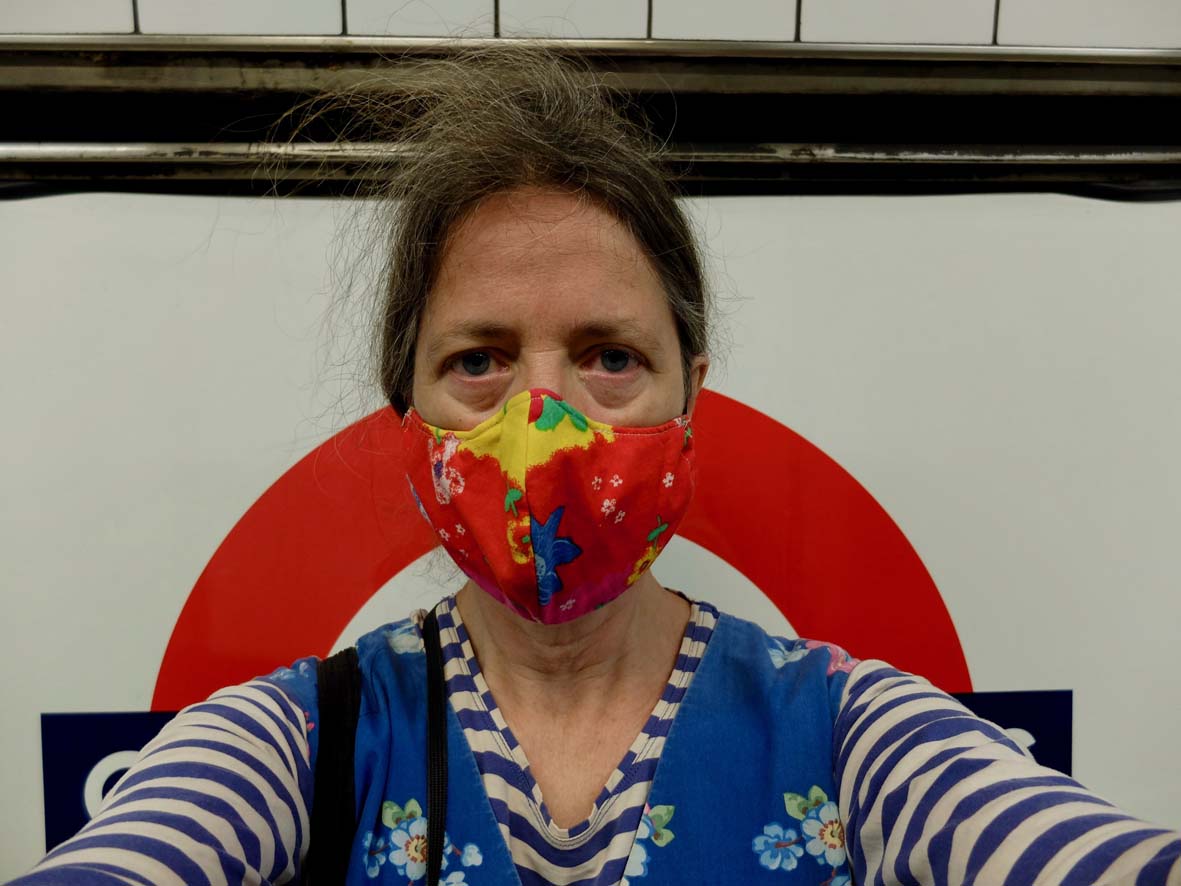 I rarely foray beyond the distance of a dog walk. Travelling on the tube is now a novel experience. Passengers, disguised by paper, cloth or moulded fibre masks stay divided, moving along the platform as though pushed away by negative magnetic poles. We step on the train like a game of Connect 4. We make strategic moves to sit in seats that block consecutive diagonal or straight rows. This deliberate spacing interrupts the flow of my micro interactions. I notice how the separation amplifies a feeling of estrangement. Those without masks have become renegades, subject to stares from the obedient. I try to expand the expression possible with eyebrows, wonder if anyone knows I am smiling? A man plugged into headphones opposite me in the carriage has shaking shoulders. I am concerned at first by what looks like sobbing. Then the angle of his head lifts, and I recognise laughter. Perhaps this conceal is a great relief to the introverted, to those who prefer to travel incognito. I notice that I can slacken my jaw, rest the crinkles that habitually pinch into a smile. I value the street currency of nods, benedictions of kind looks, and mirrored grins from the colourful. I enjoy paying my way in “Good mornings”, and exchanges of friendliness with open faces. The absence of choice makes me feel uncomfortable, the ushering in of fear growing from this distance. The other may now be perceived as a source of threat, but the real risk of infection is unknown. In this new world order I am being cautious, but I choose connection, touch and self-revelation.
I rarely foray beyond the distance of a dog walk. Travelling on the tube is now a novel experience. Passengers, disguised by paper, cloth or moulded fibre masks stay divided, moving along the platform as though pushed away by negative magnetic poles. We step on the train like a game of Connect 4. We make strategic moves to sit in seats that block consecutive diagonal or straight rows. This deliberate spacing interrupts the flow of my micro interactions. I notice how the separation amplifies a feeling of estrangement. Those without masks have become renegades, subject to stares from the obedient. I try to expand the expression possible with eyebrows, wonder if anyone knows I am smiling? A man plugged into headphones opposite me in the carriage has shaking shoulders. I am concerned at first by what looks like sobbing. Then the angle of his head lifts, and I recognise laughter. Perhaps this conceal is a great relief to the introverted, to those who prefer to travel incognito. I notice that I can slacken my jaw, rest the crinkles that habitually pinch into a smile. I value the street currency of nods, benedictions of kind looks, and mirrored grins from the colourful. I enjoy paying my way in “Good mornings”, and exchanges of friendliness with open faces. The absence of choice makes me feel uncomfortable, the ushering in of fear growing from this distance. The other may now be perceived as a source of threat, but the real risk of infection is unknown. In this new world order I am being cautious, but I choose connection, touch and self-revelation.
